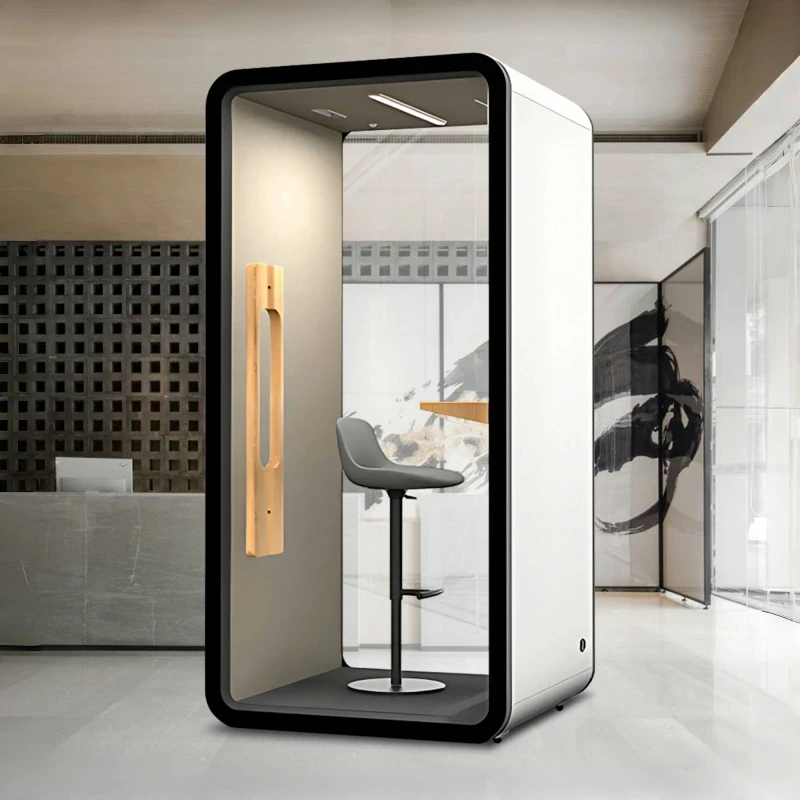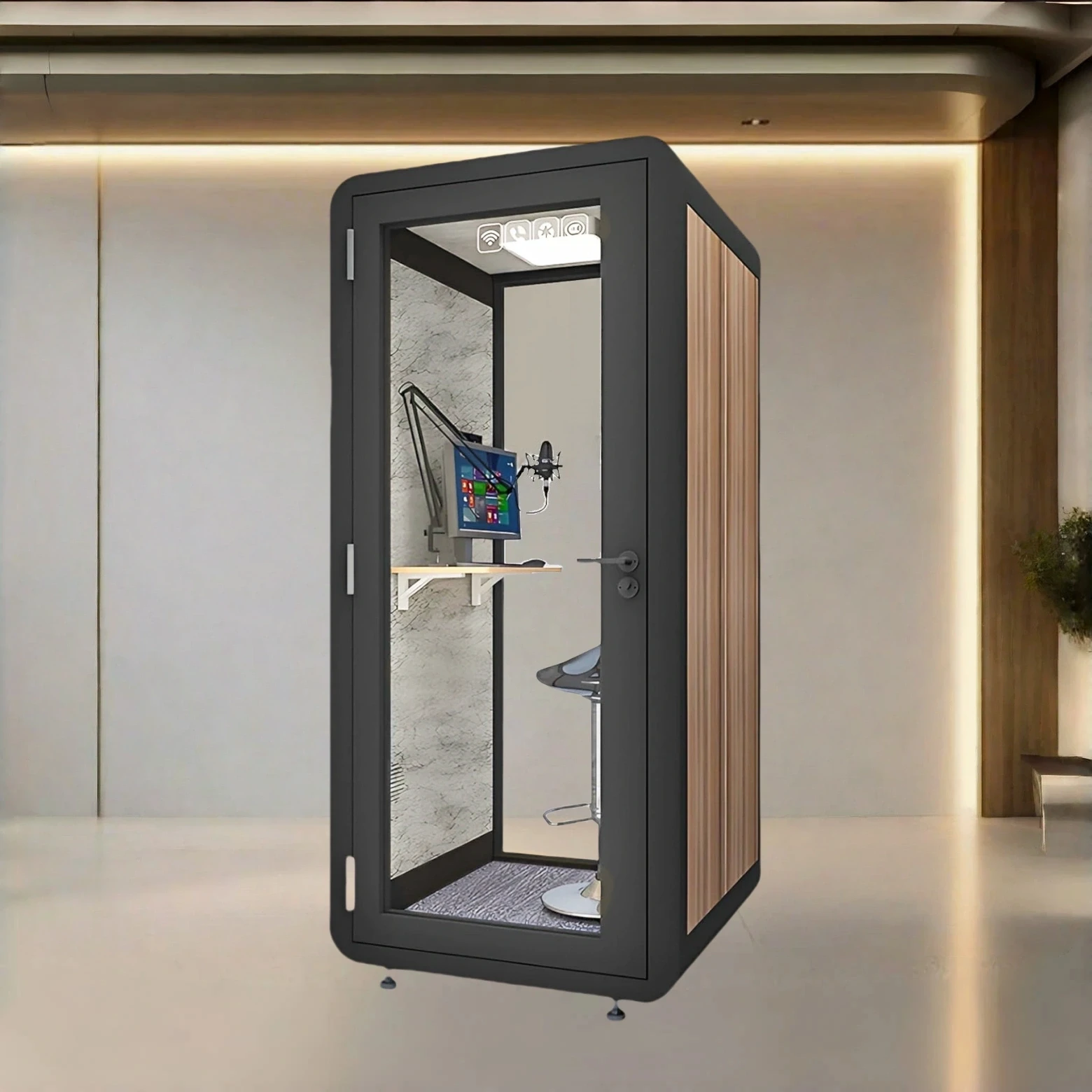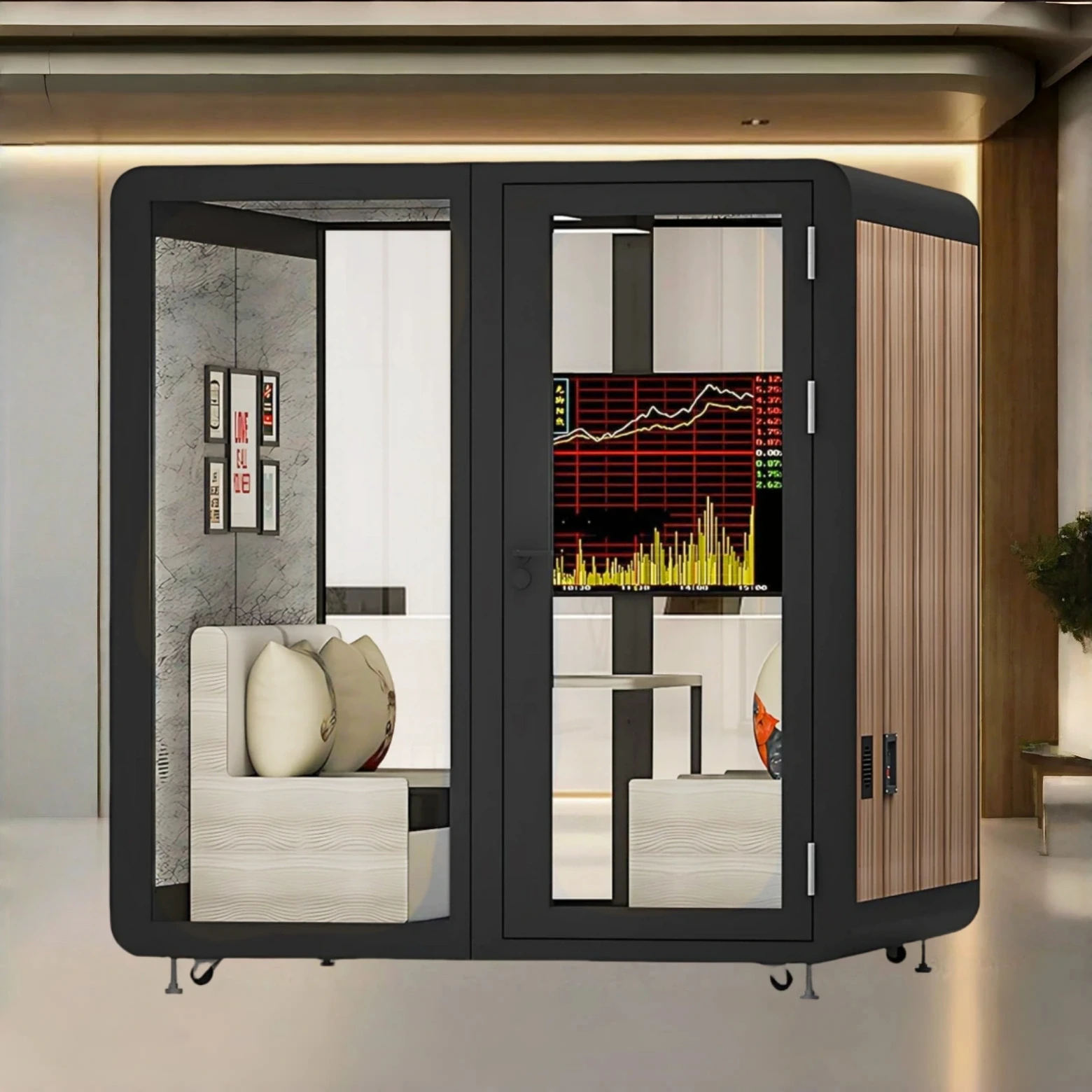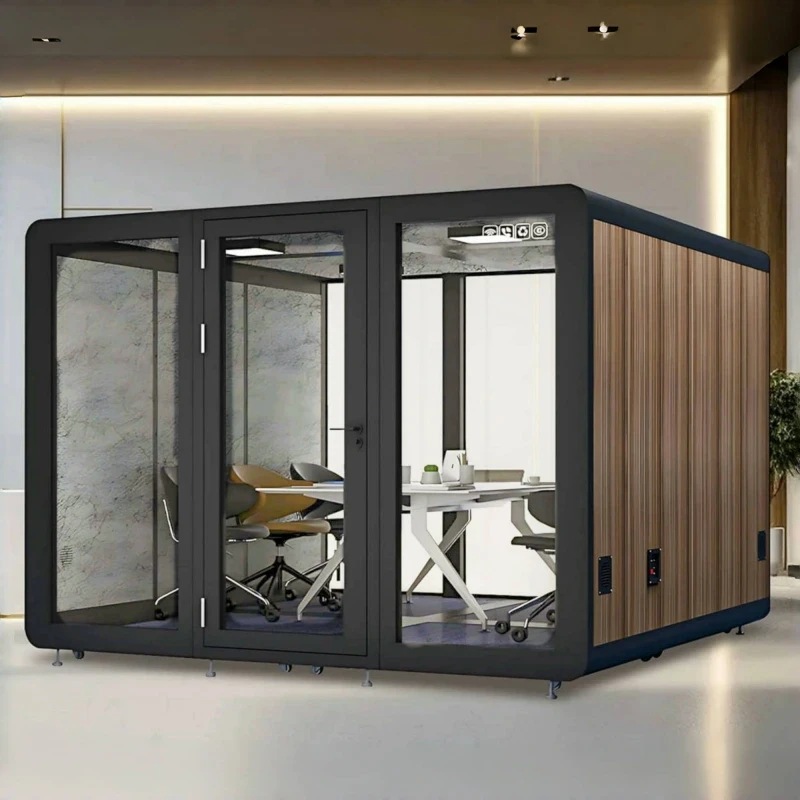We interact with payments every day. We use WeChat Pay to order food, buy groceries, and hail taxis. Payment is ubiquitous and constantly impacts our lives.
As payment transitions from a financial tool to a service, it becomes a more convenient way for end users to access it. This is crucial in the mobile internet era.
So how does payment reach users today?
Third-party payment institutions and commercial banks rely on their own cashier products. With the development of the internet, people can use mobile apps to conduct online and offline transactions anytime, anywhere, and cashiers are essential.
So, what is a cashier? As the name suggests, a cashier, also known as a payment point, is where users make transactions and pay, the final step in the shopping process. For example, when you top up your public transportation card, you click "Top Up" and the cashier pops up. You can choose from a variety of payment methods, including JD Pay, Alipay, WeChat Pay, UnionPay QuickPass, Apple Pay, and corporate employee cards. A complete checkout process is as follows:
WeChat Pay is one of these checkout methods. Although it's just one of many, it's used by almost everyone, demonstrating its enormous market share.
Some might ask, "If WeChat and Alipay are the checkout methods of today, what were the checkout methods of the past?"
Looking at the historical development of checkouts, they have undergone four revolutions: cash registers, POS checkouts, web checkouts, and converged checkouts. Of course, each period's cashiers weren't isolated; they likely existed simultaneously. For example, if you're buying something at a timeout, you can pay with cash or by scanning a WeChat QR code.
Cash Checkout
Let's first examine cash registers, following a timeline.
Cash registers are easy to understand. They're the place where you hand over cash and receive goods when you buy something at a supermarket. During the cash register process, customers first withdraw cash, while the cashier calculates the bill, verifies the notes, makes change, and finally checks the bill against the order list. This process significantly lengthens the transaction time, making the entire payment process cumbersome and time-consuming. During busy periods, long lines often form at the register. This is when POS (Point of Sale) (POS) cash registers became a thing of the past.
POS Cash Registers
POS cash registers are physical terminals equipped with product barcodes, OCR code readers, and a cash register module. They offer both cash and non-cash payment functions, primarily providing product identification, data services, and cash collection for transactions and settlement. POS cash registers remain the primary payment method for large supermarket chains.
During the checkout process, the cashier module in the POS (China UnionPay, commercial banks, or third-party payment institutions) reads the information on the bank card or payment QR code using a card reader. The cashier enters the total amount, and the cardholder enters personal identification information. The cashier module then transmits this information to the card issuer's payment system via China UnionPay, completing the transaction, indicating whether the payment was successful, and printing the corresponding payment receipt.
Web Cashier
With the advent of the PC era, web cashiers emerged. Web cashiers, also known as online banking, PC cashiers, or webpage payments, significantly alter the transaction scenario compared to cash and POS payments: transactions can be carried out in any location, from stores, malls, and shopping malls to individual homes.
Currently, almost all payment companies offer this type of payment product, and web cashiers remain popular. For example, Taobao's early web checkout platform used a payment gateway provided by the Industrial and Commercial Bank of China (ICBC). This gateway serves as a web interface between commercial banks' financial network systems and the internet. After Taobao integrated this gateway, any Taobao user who selected ICBC payment methods during shopping and checkout would be directed to the ICBC checkout page. Subsequent account verification and payment operations were completed within the checkout itself.
Converged Checkout
With the advent of the mobile internet era, users can choose from a variety of payment channels to purchase specific services or goods through their phones, tablets, and wearable devices, with funds arriving instantly upon transaction completion. This user-facing payment gateway, known as the converged checkout, makes purchasing and consuming services more convenient.
The most common payment methods include Alipay, WeChat, Tenpay, bank cards, credit cards, WAP payments, QR codes, vouchers, virtual currencies, top-up cards, and SMS collection (both upstream and downstream). These methods offer a richer and more comprehensive range of payment options than previous payment methods.
Let's focus on the following payment types:
Alipay: Alipay is a mobile payment solution that integrates Alipay with a wallet. In addition to general wallet functionality, it also includes built-in wealth management products like Yu'e Bao, Huabei, and Jiebei, as well as comprehensive services such as credit card repayments, transfers, phone top-ups, utility bill payments, electronic IDs, and Zhima Credit ratings.
WeChat Pay: WeChat Pay is Tencent's payment service, and its payment method is essentially the same as Alipay. Unlike Alipay, WeChat Pay is a payment function developed from mobile social networking software and a payment product built on the social connections between people. Currently, it supports QR codes, WAP, PC web pages, red envelopes, in-person payments, game payment SDKs, and WeChat mini-programs, covering multiple payment scenarios, including online official accounts, offline consumption, shopping, travel, entertainment, and virtual top-ups.
WAP Payment: WAP payment, also known as mobile payment, is an early mobile payment prototype following bank card payment and web page payment. It uses technology similar to web payment, but the difference is that the WAP payment experience is closer to the mobile phone experience, while the web payment user experience is closer to the browser experience.
Prepaid card payment: Prepaid cards, also known as user stored-value cards, are a wireless payment method that emerged in the PC era. Users can top up their virtual accounts by calling the prepaid card issuing center or visiting the prepaid card service website. They enter their prepaid card information (usually the card number and password) via the phone or website.
Vouchers: As the name suggests, they are used as a cash substitute. They are typically offered by merchants as a promotional offer for certain commercial activities, and can be used to offset a certain percentage of cash used in payments. The issuance and use of vouchers can increase repeat purchases and drive user growth.
This concludes the basic introduction to the cashier platform. I hope it helps you understand it better. If you have any questions, please leave a message in the backend. I'm welcome to discuss this with you.

 USD
USD
 GBP
GBP
 EUR
EUR



































